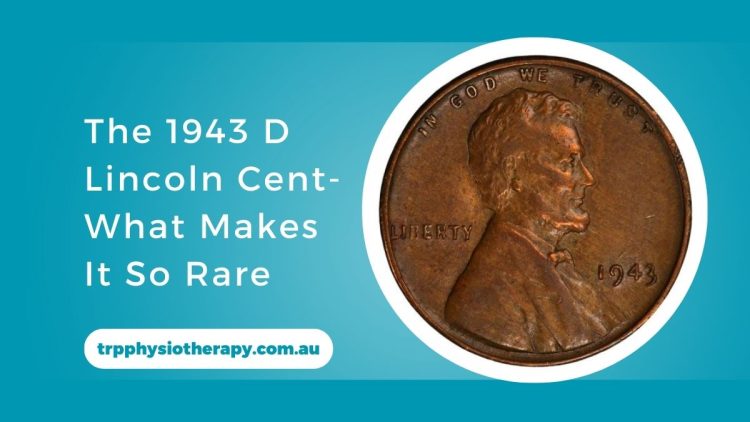The 1943-D Lincoln Cent stands as one of the most coveted coins among numismatists, not merely for its age but due to a unique anomaly in its composition. This particular penny, minted during the tumultuous years of World War II, carries a story that intertwines history, economics, and the intricacies of minting processes.
Historical Context: The Shift to Steel Cents
In 1943, amidst the global conflict of World War II, the United States faced a pressing need to conserve copper for military applications, such as ammunition and communication equipment.
To address this, the U.S. Mint altered the composition of the one-cent coin, transitioning from the traditional 95% copper alloy to a zinc-coated steel variant.
This change was implemented across all minting facilities, including Denver, resulting in the production of the widely recognized 1943 steel cents.
The Anomaly: Emergence of the 1943-D Bronze Cent
Despite the Mint’s directive to produce steel cents, a small number of bronze planchets—blanks intended for the earlier copper coins—were inadvertently left in the coining presses. These bronze planchets were struck with the 1943 dies, leading to the creation of a few bronze cents that year.
While several of these bronze cents emerged from the Philadelphia and San Francisco mints, the Denver Mint produced only one known example, making the 1943-D Bronze Lincoln Cent exceptionally rare.
Physical Characteristics of the 1943-D Bronze Cent
The 1943-D Bronze Lincoln Cent mirrors the standard design elements of its counterparts, featuring Abraham Lincoln’s profile on the obverse and two wheat stalks on the reverse. However, its composition sets it apart:
- Material: 95% copper, with the remainder comprising tin and zinc.
- Weight: Approximately 3.11 grams.
- Diameter: 19.05 millimeters.
- Mint Mark: A small “D” beneath the date, indicating its origin from the Denver Mint.
Authenticity and Detection
Given its immense value, the 1943-D Bronze Cent has been the target of counterfeiters. To verify authenticity:
- Magnetic Test: Genuine bronze cents are non-magnetic. If a 1943-D cent is attracted to a magnet, it’s likely a steel cent coated to appear bronze.
- Weight Measurement: Authentic bronze cents weigh 3.11 grams, whereas steel cents are lighter, at 2.7 grams.
- Numerical Inspection: Examine the “3” in the date. Authentic 1943-D bronze cents have a distinct long tail on the “3,” differentiating them from altered dates.
Valuation and Auction Records
The singularity of the 1943-D Bronze Lincoln Cent has led to staggering valuations.
In 2010, this coin fetched $1.7 million at auction, underscoring its desirability among collectors. Its value is influenced by factors such as condition, provenance, and prevailing market demand.
Comparative Rarity
To contextualize the rarity of the 1943-D Bronze Cent, consider the following:
| Mint Location | Composition | Estimated Quantity | Notable Auction Price |
|---|---|---|---|
| Philadelphia | Bronze | Approximately 20 | $372,000 |
| San Francisco | Bronze | 6 known | $504,000 |
| Denver | Bronze | 1 known | $1.7 million |
| Various | Steel | Over 1 billion | Nominal Value |
The 1943-D Bronze Lincoln Cent epitomizes the allure of numismatics, where historical events converge with minting anomalies to create treasures of immense value. Its rarity is unparalleled, with only one confirmed specimen, making it a pinnacle acquisition for collectors.
For those fortunate enough to encounter this coin, it represents not just monetary worth but a tangible connection to a pivotal era in history.
FAQs
Why were most 1943 cents made of steel?
During World War II, copper was prioritized for military uses, prompting the U.S. Mint to produce pennies from zinc-coated steel to conserve copper resources.
How can I determine if my 1943-D cent is the rare bronze variant?
Conduct a magnet test; genuine bronze cents are non-magnetic. Additionally, verify the weight (3.11 grams) and inspect the date’s numeral styling.
What should I do if I suspect I have a 1943-D Bronze Lincoln Cent?
Seek evaluation from a reputable coin grading service or professional numismatist to authenticate and appraise the coin accurately.

